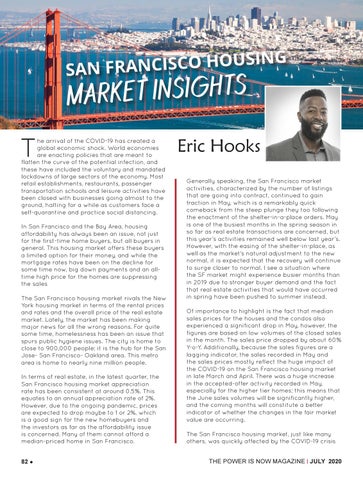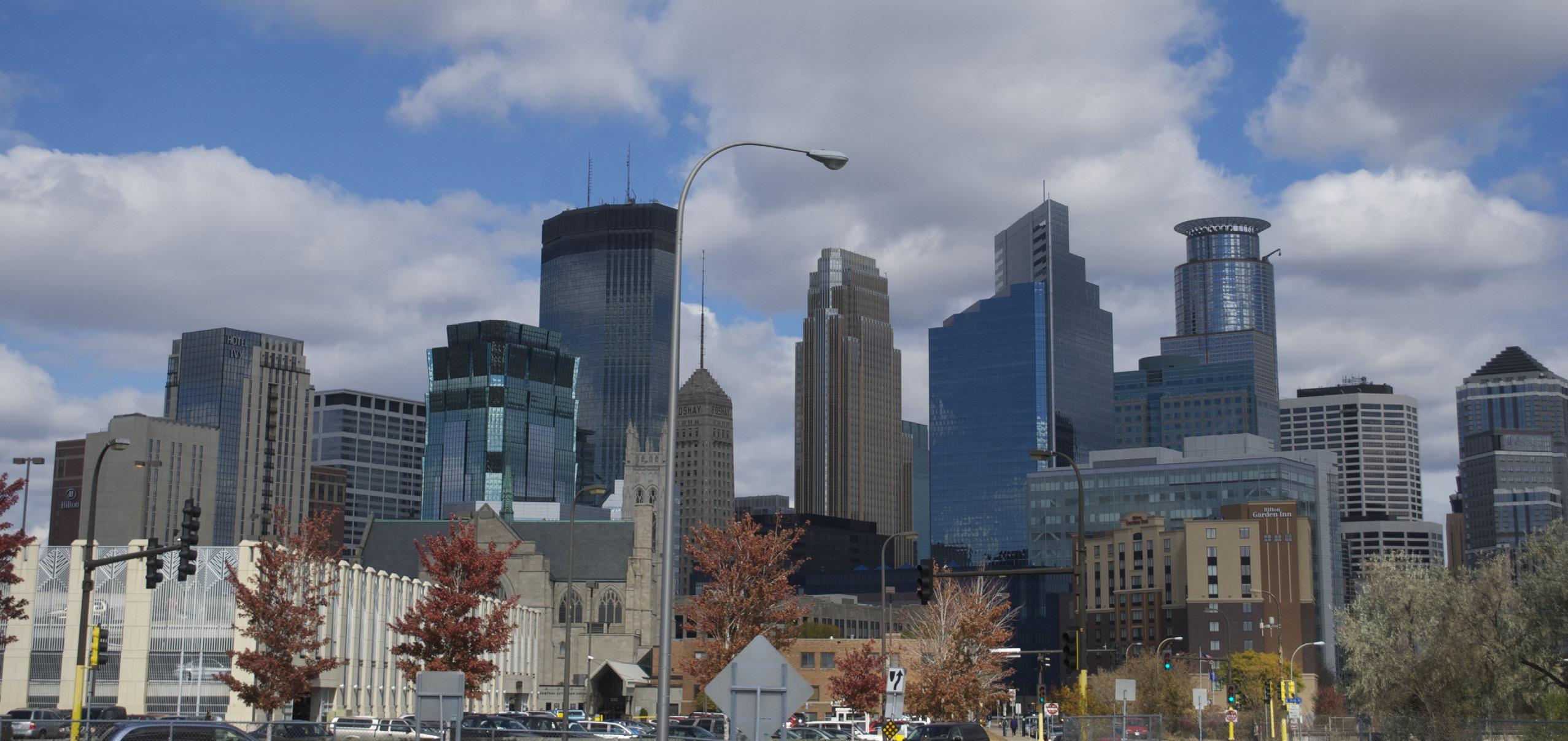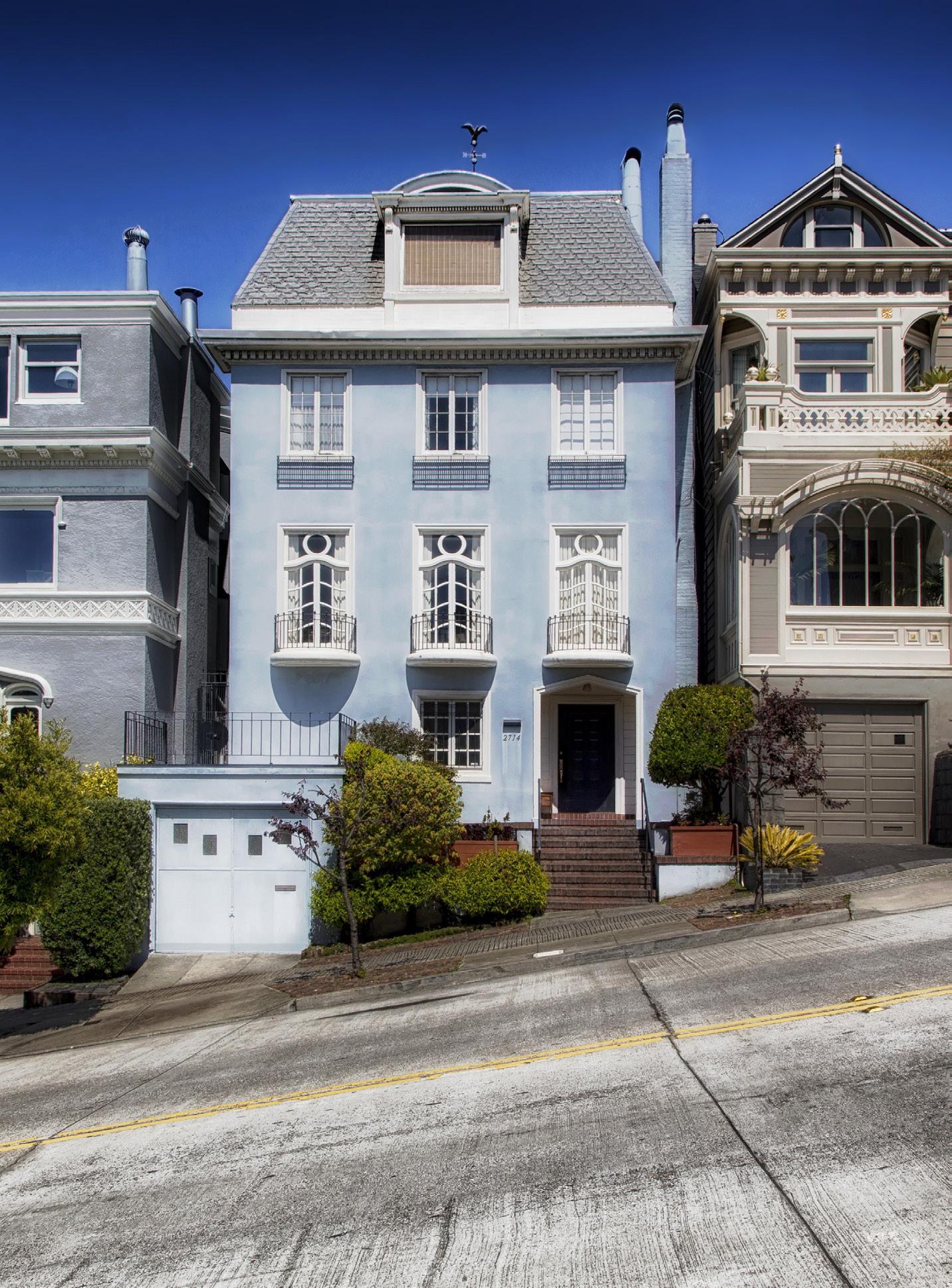G N I S U O H O C S I C SAN FRAN
S T H G I S N I T E K MAR
T
he arrival of the COVID-19 has created a global economic shock. World economies are enacting policies that are meant to flatten the curve of the potential infection, and these have included the voluntary and mandated lockdowns of large sectors of the economy. Most retail establishments, restaurants, passenger transportation schools and leisure activities have been closed with businesses going almost to the ground, halting for a while as customers face a self-quarantine and practice social distancing. In San Francisco and the Bay Area, housing affordability has always been an issue, not just for the first-time home buyers, but all buyers in general. This housing market offers these buyers a limited option for their money, and while the mortgage rates have been on the decline for some time now, big down payments and an alltime high price for the homes are suppressing the sales The San Francisco housing market rivals the New York housing market in terms of the rental prices and rates and the overall price of the real estate market. Lately, the market has been making ma jor news for all the wrong reasons. For quite some time, homelessness has been an issue that spurs public hygiene issues. The city is home to close to 900,000 people; it is the hub for the San Jose- San Francisco- Oakland area. This metro area is home to nearly nine million people. In terms of real estate, in the latest quarter, the San Francisco housing market appreciation rate has been consistent at around 0.5%. This equates to an annual appreciation rate of 2%. However, due to the ongoing pandemic, prices are expected to drop maybe to 1 or 2%, which is a good sign for the new homebuyers and the investors as far as the affordability issue is concerned. Many of them cannot afford a median-priced home in San Francisco. 82
l
Eric Hooks Generally speaking, the San Francisco market activities, characterized by the number of listings that are going into contract, continued to gain traction in May, which is a remarkably quick comeback from the steep plunge they too following the enactment of the shelter-in-a-place orders. May is one of the busiest months in the spring season in so far as real estate transactions are concerned, but this year’s activities remained well below last year’s. However, with the easing of the shelter-in-place, as well as the market’s natural adjustment to the new normal, it is expected that the recovery will continue to surge closer to normal. I see a situation where the SF market might experience busier months than in 2019 due to stronger buyer demand and the fact that real estate activities that would have occurred in spring have been pushed to summer instead. Of importance to highlight is the fact that median sales prices for the houses and the condos also experienced a significant drop in May, however, the figures are based on low volumes of the closed sales in the month. The sales price dropped by about 60% Y-o-Y. Additionally, because the sales figures are a lagging indicator, the sales recorded in May and the sales prices mostly reflect the huge impact of the COVID-19 on the San Francisco housing market in late March and April. There was a huge increase in the accepted-offer activity recorded in May, especially for the higher tier homes; this means that the June sales volumes will be significantly higher, and the coming months will constitute a better indicator of whether the changes in the fair market value are occurring. The San Francisco housing market, just like many others, was quickly affected by the COVID-19 crisis THE POWER IS NOW MAGAZINE | JULY 2020




































